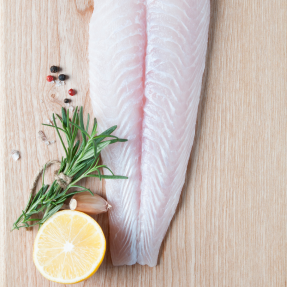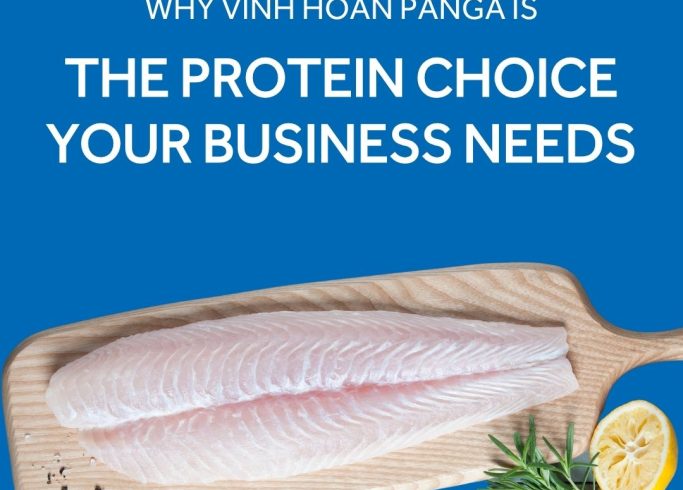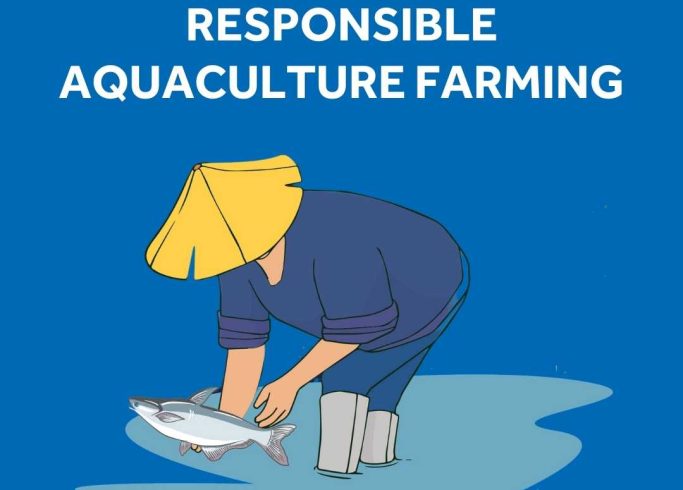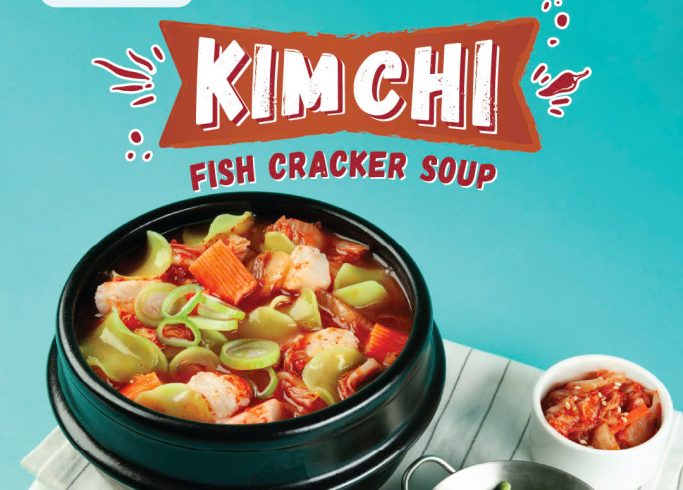[Company news] Outlook 2018: Vinh Hoan CEO Tam Nguyen’s interview with Intrafish
08 December 2017
by Elisabeth Fischer
![[Company news] Outlook 2018: Vinh Hoan CEO Tam Nguyen’s interview with Intrafish 1 hinh chi Tam](https://www.vinhhoan.com/wp-content/uploads/2017/12/hinh-chi-Tam.jpg)
Where next for the pangasius sector? Top exec at Vietnamese producer shares her expectations for the coming year.
It’s been a difficult year for pangasius: skyrocketing prices, reputational issues in Europe, increasing competition from other whitefish such as pollock and new inspection rules in the United States are just some of the challenges to be named.
IntraFish caught up with Vinh Hoan General Director Tam Nguyen to speak about the challenges and opportunities ahead.
What were the three most significant developments for your business in the seafood industry in 2017?
This year we expect to make 10 percent growth in total sales with the market expansion into Asian countries like China and Japan and most importantly we expect to more than double our sales for value-added products. We believe this proves the right way of development and that we should invest in the future of product innovation and food solutions.
Although we earn a lower profit margin this year due to high raw material cost — as you know, pangasius raw material prices in 2017 have been surging to historically high levels — we could see an up-side for farmers, which could earn good profits. This, we believe, could create a sustainable supply and further investment into farming innovation. At the end of the day, despite the ups and downs of the supply chain, we believe that every stakeholder should be entitled to a sustainable business so we can keep producing great seafood for the world consumers. In other words, seafood should not be in any ways undervalued.
Last but not least, 2017 marks Vinh Hoan’s 20th anniversary. We are proud that we have been growing Vinh Hoan from a less than 100 employee plant to a robust aquaculture and fish processing company. We are grateful to so much effort and the contribution of so many different people, especially the pioneers in the early days of the industry, that we could have these days pangasius which we believe the a fish fitting the best for sustainable aquaculture.
Looking ahead, what will be the three most important developments in 2018?
We will expand our farming capability’, especially keep increasing the scope of certified farm not limiting to our own farms but also for other independent farmers. Our target is to increase our self-control of raw material while at the same time encouraging and helping independent farmers to improve their capability’ in complying with sustainable farming certifications.
Our focus for production will be on the further development of value-added while at the same time expanding our fillet processing capacity and set our footholds in new market regions.
We invested in technology to process fish skin into gelatin and collagen. After three years of opening those markets, we expect to have quite significantly increasing contribution of revenue and profit of this new business to our group starting from 2018.
What changes and developments do you expect your business to undergo next year?
We believe and have been working hard on different projects in both collaboration with external organizations and internally for innovation in pangasius farming. We hope that in 2018 and the years to come we will have results and be able to apply changes to our aquaculture to improve its sustainability and efficiency, making pangasius play a really important role in supplying a sustainable source of protein to the world.
The challenges remain for us in 2018 include quite a dangerous ‘game of media’ that the fish has been undergoing and the barrier we may face in the US with new inspection regulations being implemented. As you may know, this new inspection rule not only brings in 100 percent re-inspection at arrival for all shipments of pangasius to the US, it also required Vietnam to go through an equivalent process to prove its regulations and system of food safety control is equivalent to the US. We look forward to a favorable determination for the industry as the fish has been exported to nearly 150 countries with stringent food safety control requirements.
(Source: Intrafish, link to original article )














